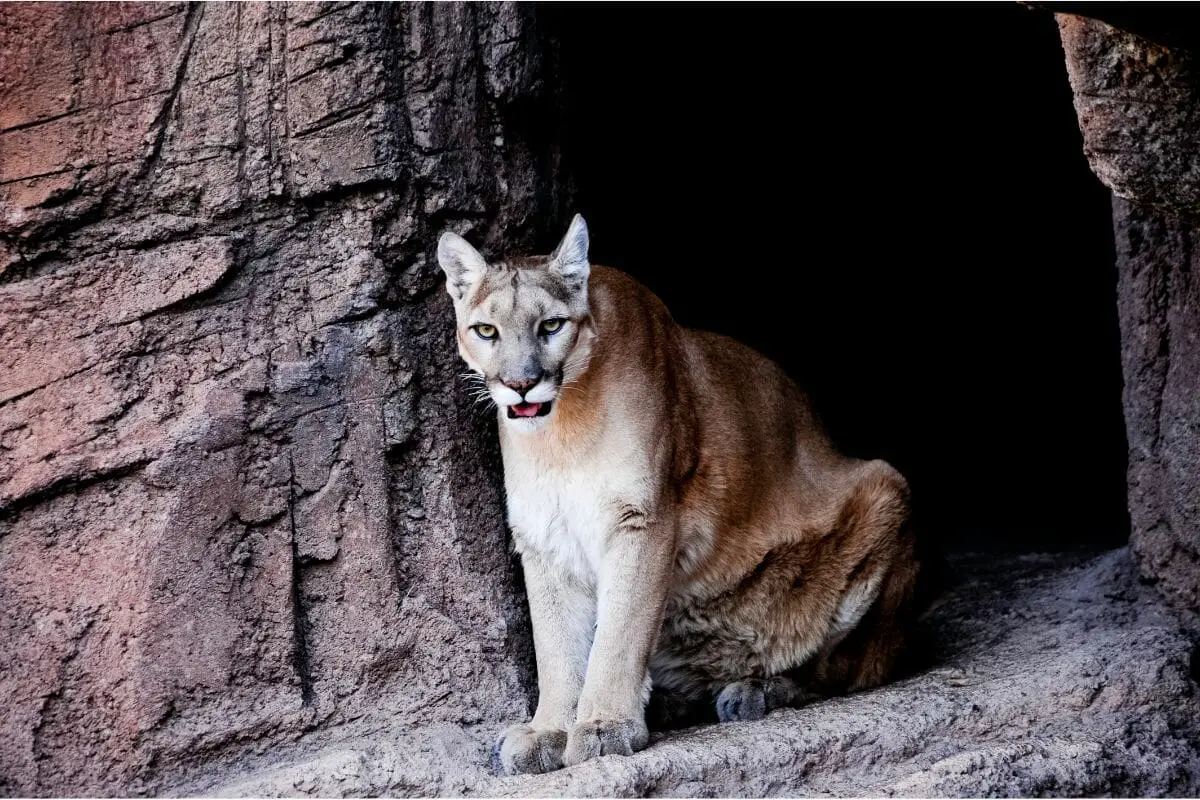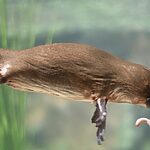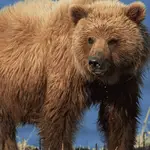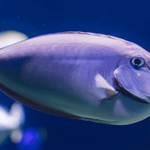Finding your favorite animal is amazing as you can find out more about a certain species that you find fascinating and beautiful.
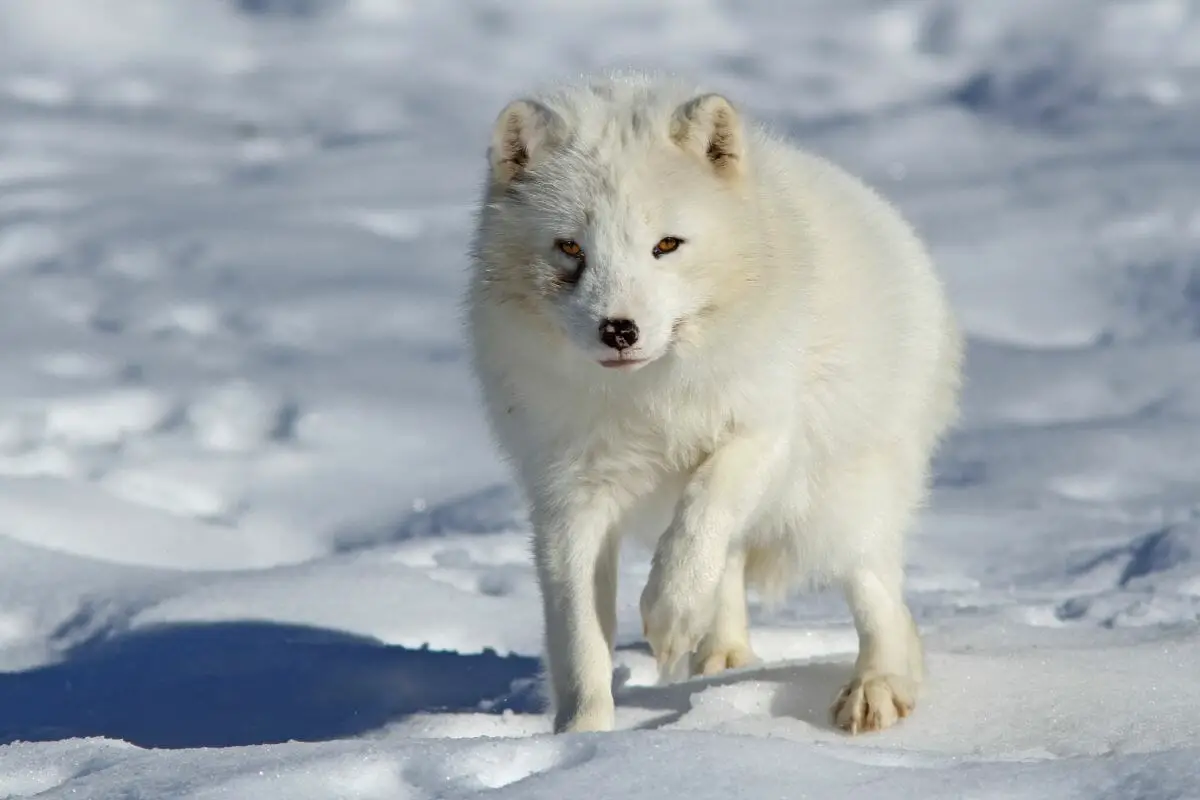
You can learn so much about where they live, what they eat, how they hunt, and much more. It is great for both children and adults to find out more about animals as you can identify with them.
If you love the snow, you might be curious as to what other animals live (see also: Animals That Live In Tide Pools)there.
You can discover animals that you never knew existed and find out more fascinating facts about how they can survive in these extreme temperatures.
This article will show you what animals live (see also: Animals That Live In The Abyssal Zone)in the snow so that you can find out more about what animals can live in the cold.
You can find out more below to see what other animals love snow as much as you do!
What Animals Live In The Snow?
Below you will find out more about what animals live(see also: Animals That Live In The Mariana Trench) in the snow and how they survive.
There might be more animals than you think, so read on to find out more!
Arctic Foxes
Arctic foxes have adapted extremely well to the cold weather as they have thick fur that keeps them warm in the cold climate.
Their fur is pure white so they can camouflage themselves in the snow to hunt, so they are hidden in the snowy backdrop and kept warm with their fluffy coats.
When they are hunting for food, the snow helps them as they can blend in, but they can also struggle to catch lemmings, which are their main food source.
Lemmings hide beneath the snow, so it can be difficult for the arctic foxes to see them.
They are very good at sourcing leftover food from other animals if they are unable to catch lemmings, which keeps them well fed.
Snowy Owls
Snowy owls are not named after the snow that they live in, but they have white feathers that allow them to blend in with their surroundings.
They keep warm as they are covered in warm feathers and they have thick pads that help them to maintain their body heat.
When hunting their prey, they have adapted by having excellent eyesight that enables them to spot it from above and swoop down.

They have very good night vision that allows them to find their prey, but if their food sources are not very good, they leave the arctic snow for North America or Greenland to find more prey to feast on.
Penguins
Emperor penguins live on the ice next to the sea throughout the whole year and are mainly found to be living near the South Pole.
When the female penguins lay eggs, the males need to keep them warm in cold conditions.
They do this by keeping them in their stomachs or by their feet for 60 days, where they lose a lot of body weight.
To keep warm, they huddle together to protect themselves from the harsh cold.
They live off fish and squid that they catch from living so close to the ocean and they can catch their food as they are such fast swimmers.
They keep warm in the icy water as they retain a lot of body heat and have thick plumage that stays waxy to make sure that they stay warm and do not freeze.
Polar Bears
Polar bears are one of the most well-known animals that live in the snow as they are very striking animals.
They have adapted well to the snow as their fur is thick to provide them with insulation and prevent water from reaching their skin.
This allows them to keep warm and dry. The feet are very large and are covered in fur to protect their skin from water and to keep them warm.
To survive, polar bears regularly hunt, and they are incredible hunters.
They can smell dead prey from 20 miles away and they are very fast runners. As well as being able to run fast, they can also swim to catch their prey.
They often feast on seals, but they will also eat other mammals to ensure that they survive and stay well fed.
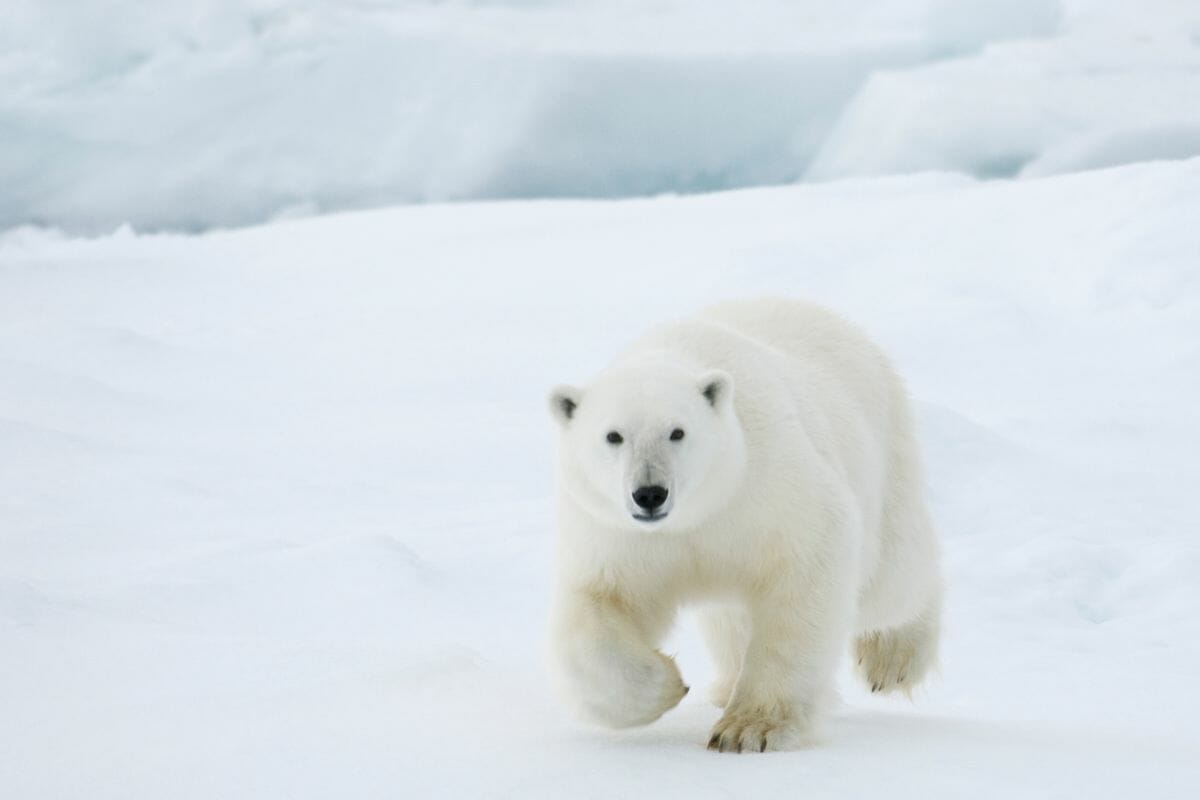
Collard Lemmings
Collard lemmings are very well adapted to living in the snow as they burrow into the snow to use as nests.
They can make their nests as they have long sharp claws on their front feet which means that they can easily burrow without any problems.
They are known for eating grass shoots and bark to keep well fed and insulated from the cold.
Lemmings are often hunted by other animals to eat, but they burrow under the snow so they cannot be seen.
This helps them to stay out of view from predators while still making sure that they have access to food.
In the summer months, they live in the dry areas of the mountains, and in the winter, they move to lower areas of snow to burrow.
Final Thoughts
To conclude, there are lots of different animals that live (see also: Animals That Live In The Indian Ocean)in the snow.
They have all adapted well to the cold climate and snowy conditions to ensure that they can survive by staying warm and catching prey.
Animals like polar bears and arctic foxes have thick fur that helps to keep them warm and insulated so they do not freeze in the conditions.
Thick fur and feathers are important for animals that live in the snow as the thickness of the fur stops their skin from getting wet.
When their skin gets wet, it will cause their bodies to become cold, so they need to keep dry.
Hunting prey is important for staying alive, so lots of animals have adapted by camouflaging to hunt or burrowing to stay alive in the snow.
There are lots of different animals that live in the snow and they all survive in different ways.
Adapting to the cold climate is important to survive, and the animals have all adapted to stay warm and well-fed in the snow.
- What Should I Do If A Koala Bites Me? Safety Guide - 2024-05-30
- Are Kangaroos Born Without Hind Legs? A Fascinating Journey - 2024-05-30
- Animals That Look Like Squirrels - 2024-05-30



